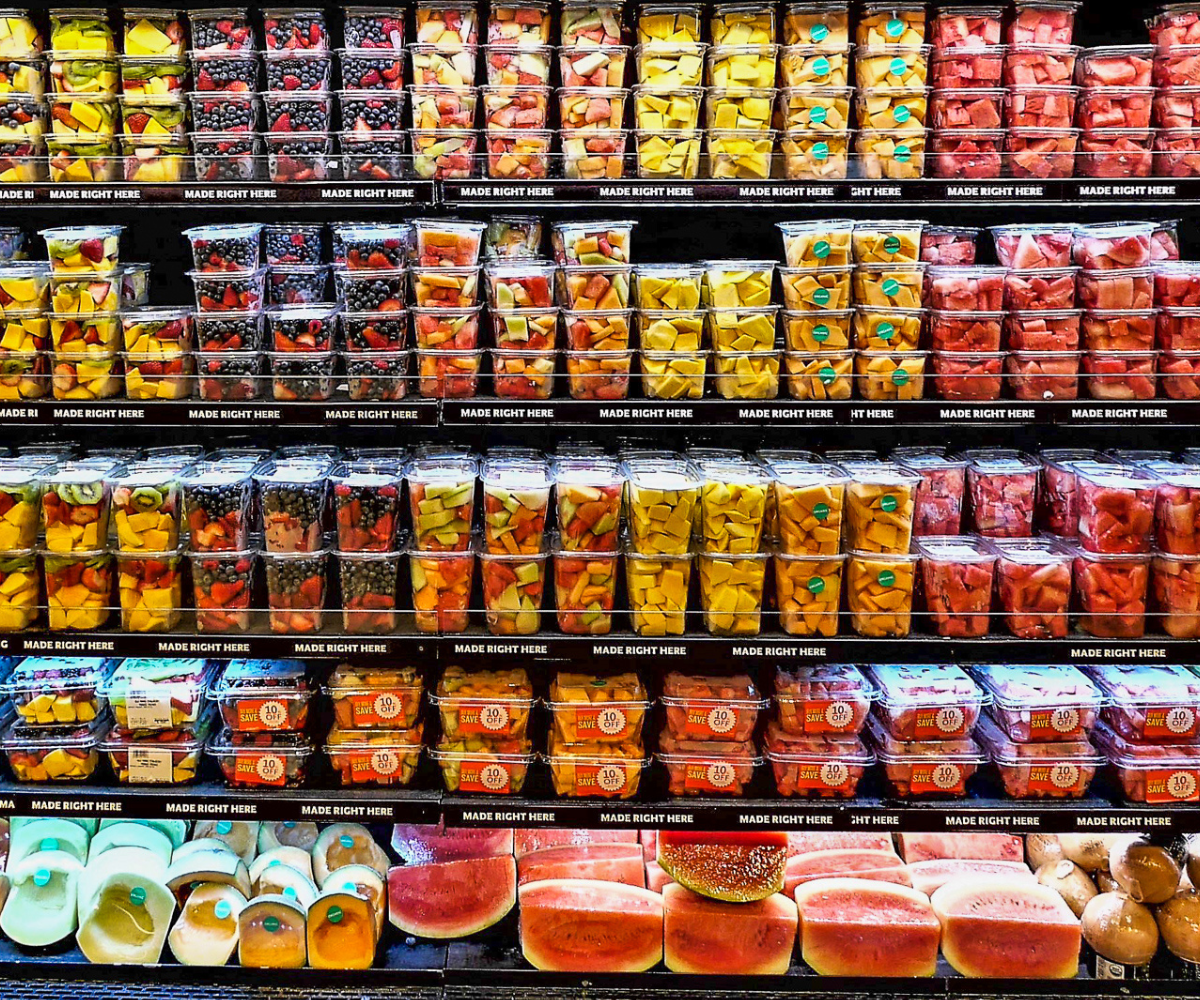When it comes to food safety and shelf life, most people focus on moisture content. While moisture is certainly a factor, the key to understanding spoilage and product stability lies in water activity (aw). At AML, we specialize in helping food manufacturers and businesses understand the crucial role water activity plays in food quality, spoilage, and overall safety.
What is Water Activity (aw)?
Water activity refers to the availability of free water in a food product. Unlike moisture content, which measures the total water in a product, water activity specifically measures the water that is available for microbial growth. This free water is the key factor that supports the growth of bacteria, yeasts, and moulds.
Food products that have high water activity levels are more vulnerable to spoilage and microbial contamination. When the water activity is lower, there is less available water for microbes to grow, which is why many preservation techniques focus on reducing water activity.
In simple terms: the higher the water activity, the more conducive the environment is for microbial growth, which can lead to food spoilage. The lower the water activity, the less likely it is for harmful microorganisms to thrive.
The Role of Water Activity in Food Safety
When we think of food spoilage, our minds often go to obvious factors like moldy bread or sour milk. These are typically the result of microbial growth, which happens when bacteria, fungi, or yeasts find the water they need to survive. By understanding and controlling water activity, manufacturers can significantly reduce the risk of these types of contamination.
Microbial Growth and Water Activity: The Connection
- Bacteria, yeasts, and molds are microorganisms that require free water to grow and reproduce. As water activity increases, so does the risk of microbial growth.
- High water activity foods (such as fresh fruits, vegetables, and meats) are more likely to support the growth of harmful microorganisms. This is why these foods often have shorter shelf lives and require refrigeration or preservatives to remain safe.
- Low water activity foods (such as dried fruits, jerky, and certain baked goods) are much more stable and resistant to microbial growth because there is less water available for microbes to use.
Managing Water Activity to Extend Shelf Life
By controlling water activity, food manufacturers can take a proactive approach to spoilage prevention. Some common methods of reducing water activity include:
- Drying: Removing moisture from a product, such as through air drying or freeze drying.
- Adding Salt or Sugar: These ingredients can bind water molecules, making them unavailable to microbes. This is why many preserved foods (e.g., salted meats or candied fruits) have lower water activity.
- Packaging: Using packaging that reduces exposure to moisture or oxygen, which can help prevent water from affecting the product’s stability.
Each of these methods helps lower the available free water and extends the shelf life of the product.
Why Does This Matter for Your Business?
Understanding water activity and its impact on your products is critical to food safety and quality. Knowing how to measure and control water activity allows businesses to:
- Extend product shelf life by preventing microbial spoilage.
- Enhance food safety by reducing the likelihood of pathogens, such as Salmonella or Listeria, from growing in food products.
- Make better decisions on packaging and storage, ensuring your products stay fresh longer and maintain their safety and quality.
- Ensure compliance with food safety regulations that require monitoring of factors like water activity, especially for products that are prone to microbial contamination.
AML’s Water Activity Testing Services
At AML, we offer comprehensive water activity testing as part of our suite of food safety and quality control services. Our advanced testing methods help you understand the water activity of your products so you can take the necessary steps to improve stability and shelf life.
Why Choose AML for Water Activity Testing?
- Precision and Accuracy: Our water activity testing is highly accurate, giving you the data you need to make informed decisions about your product’s storage, packaging, and safety.
- Expert Guidance: Our team of experts is always available to help interpret test results and provide recommendations to improve your food products’ stability.
- Customized Solutions: We tailor our testing services to meet the unique needs of your business, ensuring you get the most relevant insights.
In Summary: Water Activity’s Role in Food Safety and Shelf Life
Water activity is a crucial yet often overlooked factor in food production. By understanding and managing water activity, food manufacturers can not only improve shelf life but also ensure the safety of their products, reduce spoilage, and comply with food safety standards. Whether you’re creating dried snacks or ready-to-eat meals, knowing how water activity impacts your products is vital.
📞 Want to learn more about water activity testing and how it can benefit your products?
Contact AML today for expert testing and solutions to improve your food quality and safety.

